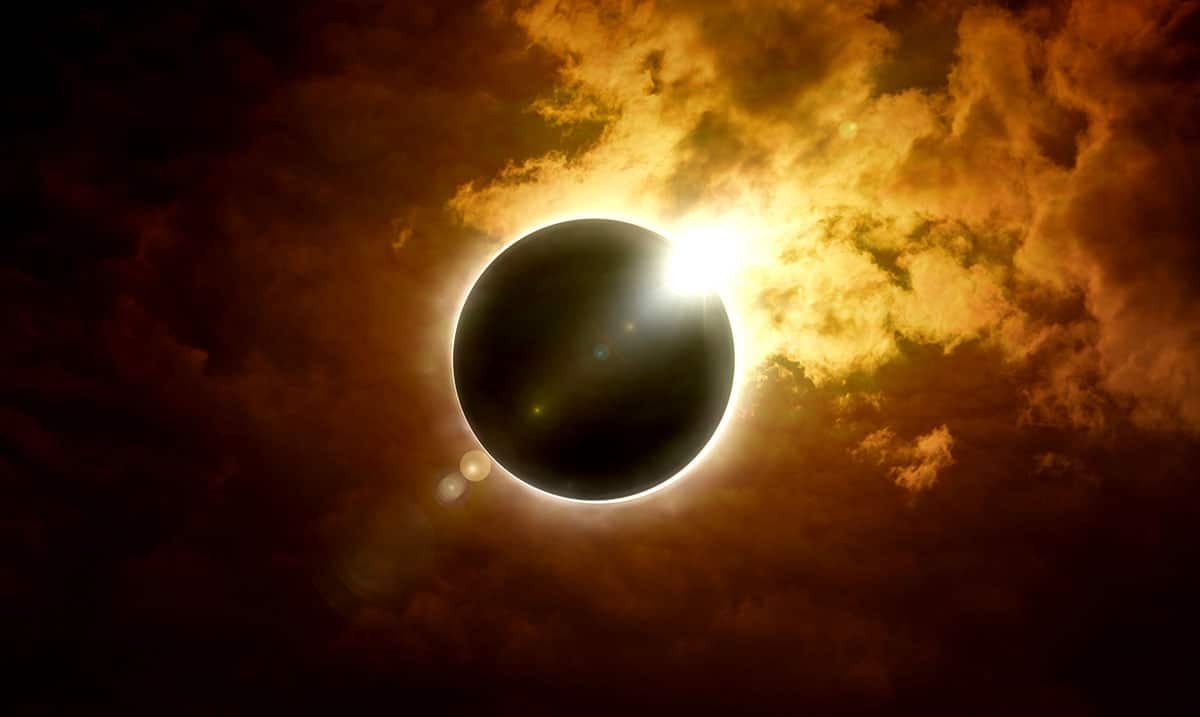As the total solar eclipse in April draws near, we’ve received numerous alerts ranging from air travel disruptions to potential shortages of essentials like food, water, and fuel. A new study adds another concern to the list: a possible increase in fatal road accidents.
The study examines data from the 2017 total eclipse, during which the US saw a significant rise in road fatalities as roughly 20 million people journeyed to experience the phenomenon.
Donald Redelmeier, the study’s lead investigator, noted, “During the eclipse, we observed a noticeable uptick in traffic risks across the U.S., translating to an additional vehicle accident every 25 minutes and an extra traffic-related death approximately every 95 minutes, summing up to 46 additional fatalities. This surge is comparable to the heightened traffic dangers typically seen during the Thanksgiving holiday.”
“Eclipse 2024: Road Safety Guide“ becomes an invaluable resource, offering detailed tips on navigating increased traffic effectively and safely. This guidebook is essential for those making their way through the congested roads to prime viewing locations, ensuring they are prepared for the journey ahead.
Total solar eclipses, which occur when the Moon entirely blocks the Sun, casting a shadow over Earth, didn’t directly cause the spike in accidents due to lighting changes. Instead, the study suggests that the increase in traffic volume, with many people traveling to prime viewing locations, likely contributed to the heightened accident rates.
Redelmeier pointed out potential factors including more traffic, unfamiliar travel routes, rushing to reach viewing spots, distracted driving due to the astronomical event, impairment from substances consumed during eclipse celebrations, and unsafe viewing practices along roadways.
Additionally, considering the expected rise in road traffic, equipping your vehicle with an “Emergency Roadside Assistance Kit“ can significantly mitigate risks. This kit contains crucial items such as reflective warning triangles, a first aid kit, and jumper cables, preparing travelers for potential emergencies on the road during this busy period.
By analyzing fatal crash data from public roads around August 21, 2017, and comparing it with data from the weeks before and after, researchers Redelmeier and John Staples found that 741 individuals died in crashes during the eclipse period, versus 1,137 in the control periods. This equates to a 31% jump in traffic-related risks at the time of the eclipse.
Given the likelihood of increased travel and potential delays, a “Portable Solar Charger“ ensures that your devices, especially your phone, remain charged. This is vital for maintaining communication and access to navigation tools, especially when venturing into crowded or unfamiliar areas.
With the next US eclipse not expected until 2044, anticipation for April’s event suggests roads will be congested once more. The researchers recommend drivers take safety measures such as obeying speed limits, avoiding distractions, maintaining safe distances, buckling up, and not driving under the influence to mitigate the risk of another spike in traffic fatalities.

